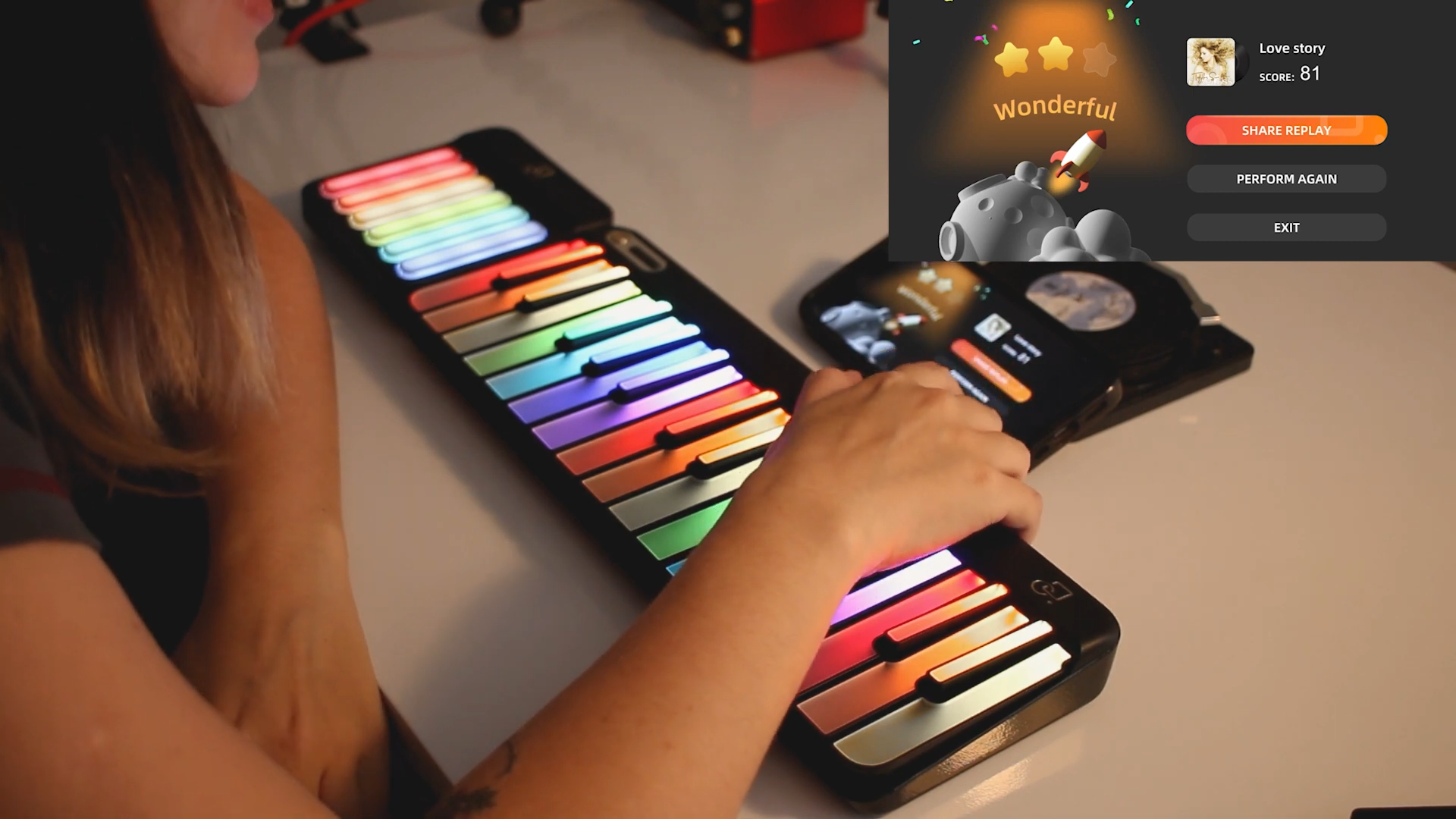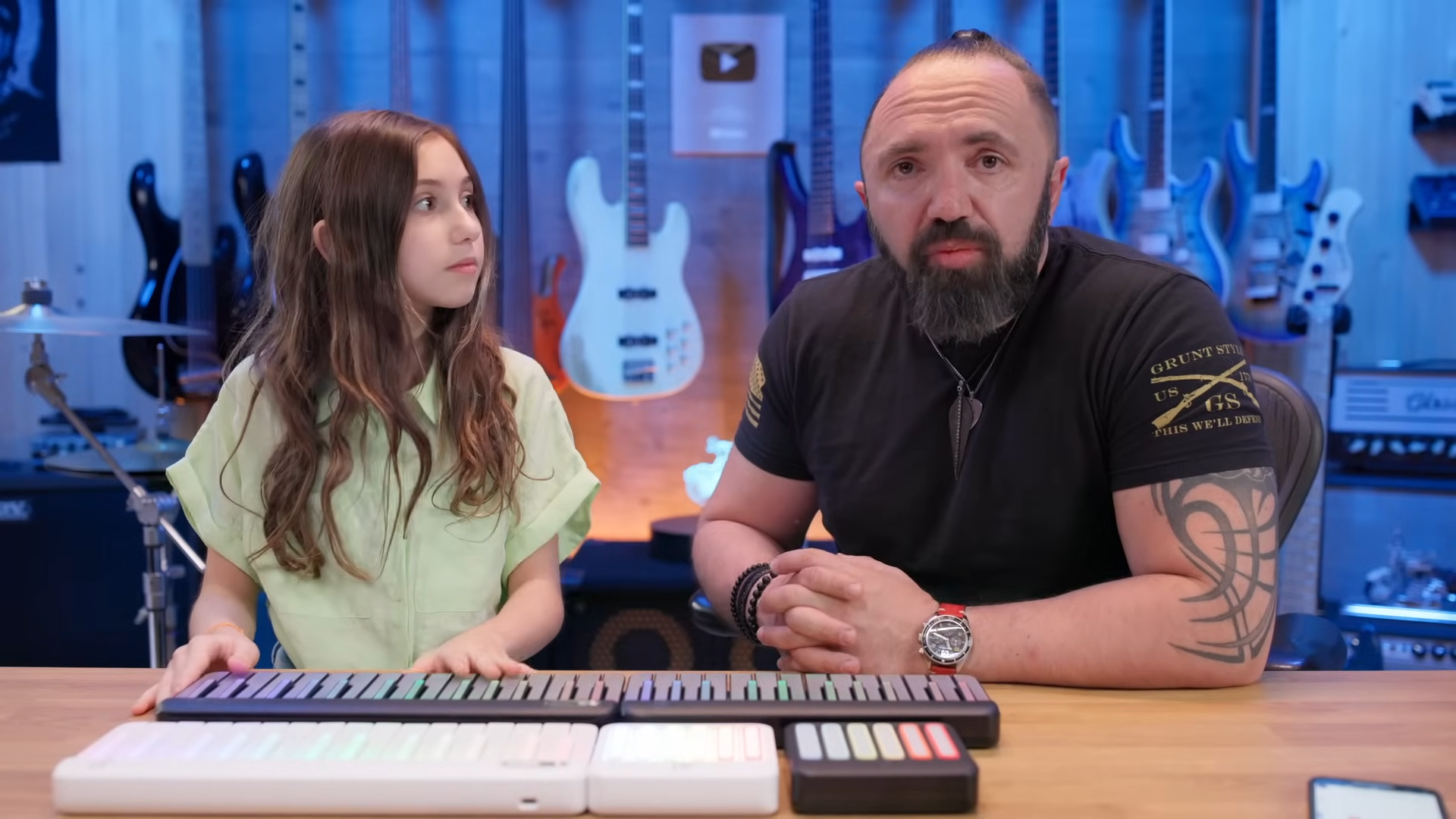
Ever watched a pianist float across the keys, wondering what’s happening down by their feet? You’re not alone. Knowing how to use piano pedals opens a new layer of color—and it’s easier than it looks once you understand what each pedal does. This guide breaks down the sustain, soft, and sostenuto pedals, with step‑by‑step tips that work whether you play an acoustic grand, an upright, or a smart digital board like the Smart Keyboard.
Quick note: While some uprights and many digital models have only two pedals, we’ll cover all three so you’ll be ready for any instrument that comes your way.
The sustain pedal is the star of the show. Press it, and every damper lifts off the strings, letting them ring freely until you release the pedal or the sound naturally fades. That lingering resonance gives music its shimmer.
On a grand piano the soft pedal shifts the entire key and hammer assembly slightly to the right. Hammers strike one string instead of two or three—hence una corda, “one string.” The result? A gentler, more intimate tone. Uprights simulate this by moving hammers closer to the strings so they strike with less force.
The mysterious middle pedal. Engage it after playing specific notes, and only those selected notes will keep ringing while new ones play normally. Think of it as targeted sustain—a neat trick for holding a bass drone under a sparkling melody.
Sit so your right foot can rest on the pedal with the heel on the floor. Pivot from the ankle, not the hip—your leg should feel relaxed.
Try clapping two bars of whole‑note chords while your foot performs that lift‑press motion. It’ll feel mechanical at first; soon it becomes second nature.
Grand pianos (and many high‑end digitals) respond to partial depression. Lower the pedal halfway to dampen only some strings, creating a subtler blur—perfect for Impressionist pieces or soft pop ballads.
Press the pedal fully with your left foot before you play the softer section, then release it the moment full volume returns. Because the remnant decay is minimal, you won’t need fancy timing—just smooth transitions.
Play a short melody three times:
Record yourself (phones work fine) and notice how the soft pedal shifts the mood. Honestly, it can feel like a new instrument.
Start with just two beats of held bass notes. Engage the sostenuto, then play a simple melody above. Gradually lengthen the sustained segment as your foot‑hand coordination improves.
|
Goal |
Exercise |
Pedal Focus |
Minutes |
|
Clean transitions |
C‑F‑G‑C chord loop with sync‑pedaling |
Sustain |
5 |
|
Dynamic contrast |
Play 8‑bar melody, add soft pedal on bars 5‑6 |
Soft + Sustain |
5 |
|
Contained drone |
Hold low D, engage sostenuto, improvise in D major |
Sostenuto |
5 |
Keep each drill slow at first. Speed comes naturally once muscle memory locks in.
Many compact keyboards ship with a one‑pedal setup (usually sustain). If you’re using a basic portable, add an aftermarket triple‑pedal unit to simulate the full grand experience. Or explore a smart alternative such as the Smart Keyboard, which detects subtle pedal depth and syncs settings with its learning app—pretty neat for tracking half‑pedaling accuracy in real time.
If everything blurs even with disciplined footwork, one of three gremlins is at play:
If edits get messy, penciling your own marks above the staff works wonders—your future self will thank you.
Cue up recordings of Debussy, Chopin, or even modern ballads. Close your eyes and focus on the blur and clarity. Guess when the pedal lifts. Then check with the score or a slow‑motion video.
Use free apps or your smart keyboard’s companion software to capture practice sessions. Notice where harmonies clash or lines muddy. Self‑feedback beats guesswork.
Great pianists view pedals as extensions of the fingers, not substitutes. So shape phrases with subtle finger legato first; layer pedal only when necessary. Your playing will breathe.
Day 1‑2
Day 3‑4
Day 5‑6
Day 7
Play through two short pieces applying everything. Celebrate progress with your favorite beverage. Feet deserve it.
Mastering pedals isn’t a sprint. It’s an ongoing conversation between hands, feet, and ears. Stick with the exercises, trust your ears, and soon you’ll paint musical landscapes that feel alive. Happy pedaling!
Leer más

Difference Between Piano and Organ: How They Sound, Feel & Play Differently
Choosing your first keyboard instrument is a bit like choosing your first car—exciting, slightly nerve‑racking, and packed with more options than you expected. Maybe you’re staring at a stately aco...

Keyboard That Lights Up to Teach You How to Play
If you’ve ever wished you could sit down and make music without months of lessons, a keyboard that lights up to teach you how to play can bridge the gap. Instead of staring at staff lines or memori...